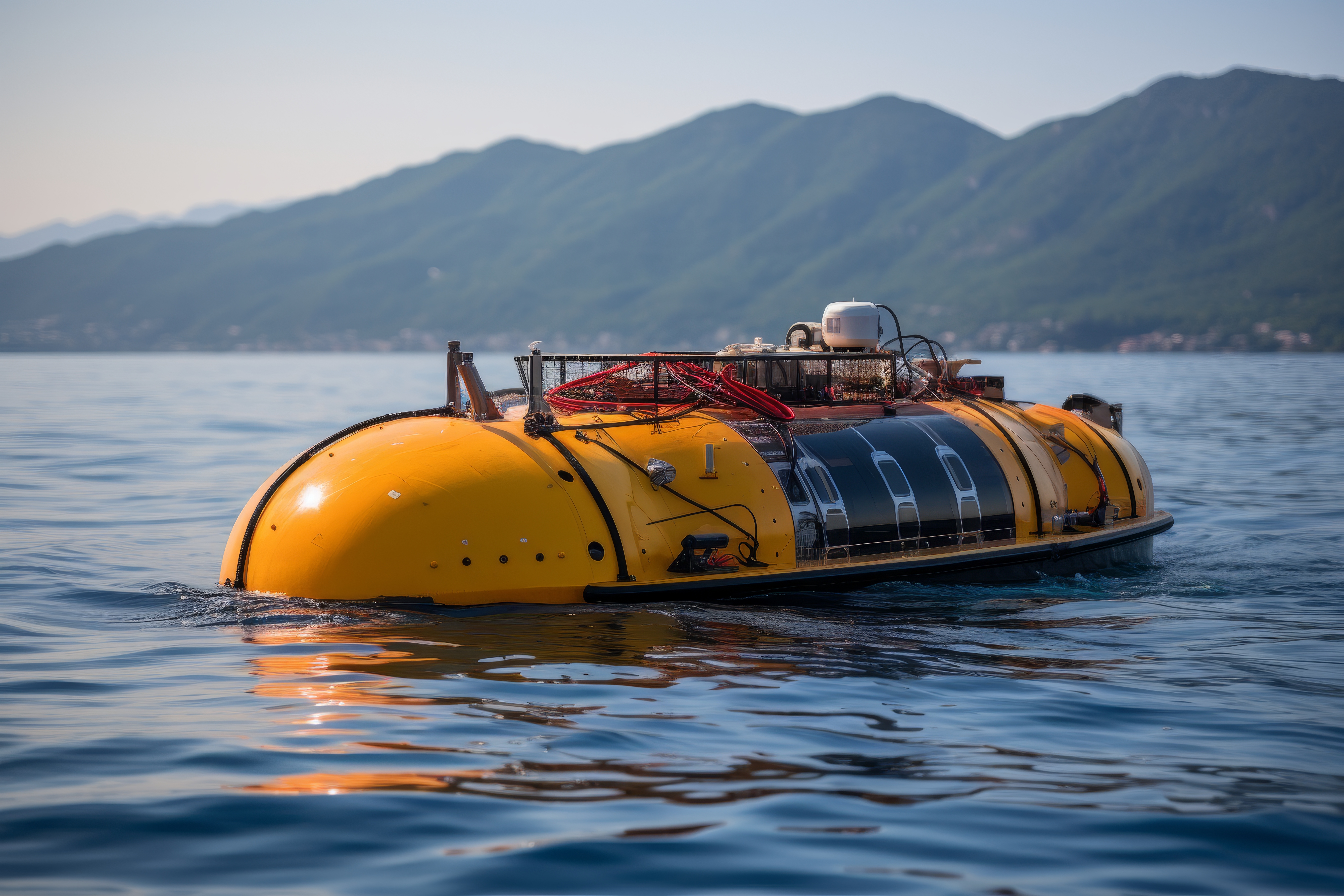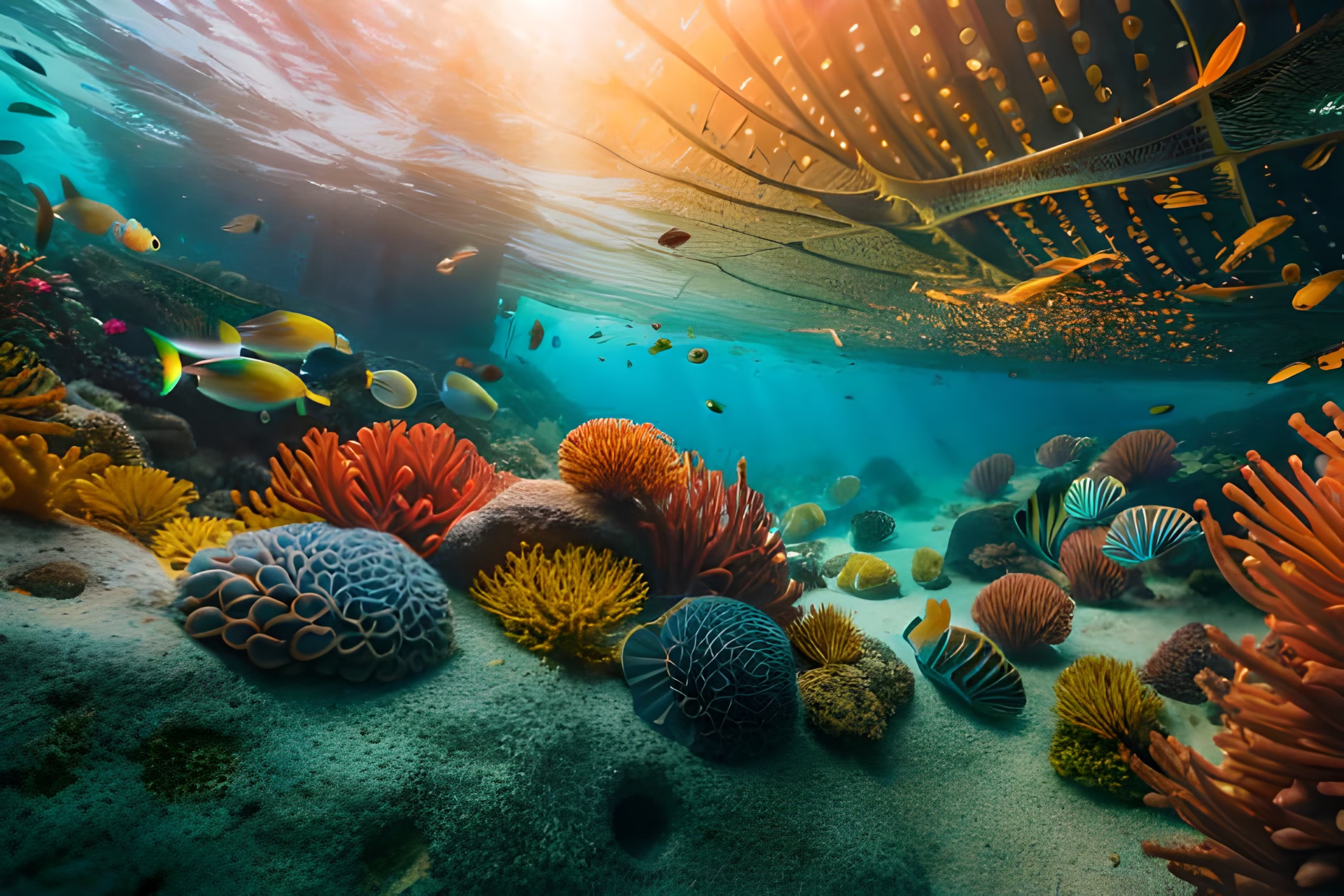Ocean technology is revolutionizing how we protect marine habitats and ecosystems. With rising challenges like pollution, overfishing, and climate change, the need for innovative solutions has never been more urgent. Ocean technology systems, ranging from monitoring tools to cleanup devices, are stepping up to safeguard our oceans. Although, The latest developments in ocean technology news highlight groundbreaking efforts to conserve marine life and combat threats effectively.
From cleaning plastic waste to tracking biodiversity, ocean technology bridges the gap between human activity and marine preservation. It offers hope for a future where our oceans thrive and sustain life globally.
What is Ocean Technology? Understanding Its Importance
Ocean technology refers to the advanced systems, devices, and methods used to explore, monitor, and protect marine environments. However, These technologies combine robotics, data analysis, and innovative designs to address environmental challenges.
For example, the Liquid Robotics Wave Glider is an autonomous device that collects real-time data from the ocean’s surface and below. Tools like the Ocean Cleanup System focus on removing harmful plastics, while advanced sensors monitor pollution levels.
Ocean Tech is essential because it helps us understand the changing ocean ecosystem. It provides the tools to identify problems early and create actionable solutions. Whether it’s stopping ocean pollution or addressing ocean acidification, these technologies are a lifeline for marine conservation.
How Ocean Tech is Revolutionizing Marine Habitat Protection
Ocean technology has transformed how we protect marine habitats. Sophisticated systems allow researchers to detect threats, monitor ecosystems, and implement solutions in ways never thought possible.
Take Sofar Ocean Technologies, for instance. This system provides accurate data on ocean currents, waves, and weather patterns. However, Such insights are crucial for predicting environmental changes and protecting marine habitats.
Additionally, technology to remove plastic from the ocean has been a game-changer. Devices like the Ocean Cleanup Technology collect and remove plastic from waterways and oceans, preventing harm to marine life. These innovations are not just theoretical but actively reshape how we approach habitat protection.
Key Innovations in Ocean Technology for Marine Conservation
Several groundbreaking innovations are making waves in ocean conservation:
- Ocean Cleanup Technology: Advanced systems that remove millions of tons of plastic.
- Liquid Robotics Wave Glider: A sustainable, unmanned vehicle used for data collection.
- Ocean Server Technology: High-tech underwater mapping systems that monitor ecosystems.
- Technology to Stop Ocean Pollution: Tools like floating barriers and skimmers effectively reduce waste.
- Technology to Stop Ocean Acidification: Solutions that combat carbon dioxide absorption and stabilize pH levels.

These innovations are creating opportunities to combat marine challenges at scale. They also pave the way for sustainable practices that balance human needs with marine health.
The Impact of Ocean Technology on Preserving Biodiversity
Marine biodiversity is vital to the health of the planet. However, overfishing, habitat destruction, and pollution threaten countless species. Ocean Tech offers solutions to preserve this delicate balance.
The Ocean Cleanup System, for example, prevents plastics from entering sensitive habitats. Robotic devices monitor coral reefs, providing critical data to aid restoration efforts. Ocean technology systems also track endangered species, helping scientists design targeted conservation programs.
By preserving biodiversity, ocean technology ensures the survival of marine species and the ecosystems they support.
Ocean Technology in Action: Real-World Success Stories
Examples of ocean technology in action showcase its profound impact:
- Ocean Cleanup Technology has successfully removed over 60,000 kilograms of waste from the Great Pacific Garbage Patch.
- Sofar Ocean Technologies provides real-time data that helps coastal communities prepare for extreme weather events.
- The Liquid Robotics Wave Glider has tracked whale migration patterns, aiding conservation efforts.
These success stories highlight how ocean technology is making measurable progress in protecting marine life and habitats.
Ocean Technology and Its Role in Monitoring Marine Ecosystems
Monitoring marine ecosystems is crucial for their long-term health. Ocean technology systems like underwater drones and autonomous sensors track changes in water temperature, pH levels, and biodiversity.
For instance, Ocean Server Technology provides detailed seabed maps, allowing scientists to study underwater habitats. Meanwhile, Sofar Ocean Technologies collects climate data that helps assess the impacts of global warming on marine life.
Monitoring allows early detection of threats like pollution or invasive species. However, This enables timely interventions, ensuring marine ecosystems remain balanced and healthy.
How Ocean Tech Detects and Reduces Pollution
Pollution remains one of the most pressing threats to marine habitats. Ocean technology provides innovative solutions to detect and reduce it.
Systems like the Ocean Cleanup Technology focus on removing plastics and other debris. These systems use barriers and advanced filtration to clean polluted waters. Tools that detect oil spills and monitor chemical pollutants have also improved response times, minimizing damage to marine life.
Technologies like the Liquid Robotics Wave Glider and Sofar Ocean Technologies ensure continuous monitoring, helping us reduce pollution effectively.
The Role of Ocean Technology in Combating Climate Change Effects on Marine Life
Climate change has devastating effects on oceans. Rising temperatures as well as ocean acidification threaten marine ecosystems. Ocean technology provides tools to address these challenges.
For instance, technology to stop ocean acidification focuses on reducing CO2 levels in the water. Systems that restore coral reefs also mitigate the impact of warming seas. However, Advanced sensors monitor temperature changes, enabling scientists to predict and prepare for future risks.
By addressing climate change, ocean tech helps protect marine life and maintain ecological balance.
How Ocean Tech Supports Sustainable Fisheries Management
Sustainable fishing is critical for preserving fish populations and marine habitats. Ocean technology helps achieve this by monitoring fish stocks and detecting overfishing.
For example, satellite-based tools track fishing activities globally. Moreover, Robotic systems monitor species populations, ensuring fishing quotas are met. These technologies support a sustainable balance, protecting marine ecosystems while meeting human needs.
The Benefits in Coral Reef Restoration
Coral reefs are among the most endangered marine habitats. Ocean technology plays a vital role in their restoration.
Underwater robots plant coral fragments, speeding up natural regeneration. Systems like Sofar Ocean Technologies monitor reef health and detect stress factors like bleaching. However, By addressing these issues, ocean technology ensures coral reefs remain vibrant ecosystems for marine life.
Challenges in Implementing Ocean Technology for Habitat Protection
Despite its benefits, implementing ocean technology comes with challenges. High costs, technical limitations, and accessibility issues hinder widespread adoption. Additionally, ensuring these technologies are eco-friendly and sustainable requires ongoing research.
Collaboration between governments, organizations, and the private sector is essential to overcome these hurdles.
Future Trends for Marine Habitat Conservation
The future of ocean technology looks promising. Innovations like artificial intelligence and blockchain are being integrated into marine conservation efforts. Advanced tools to stop ocean pollution and acidification are becoming more efficient.
The focus on sustainable solutions ensures that ocean technology will continue to evolve, benefiting marine habitats and ecosystems.

